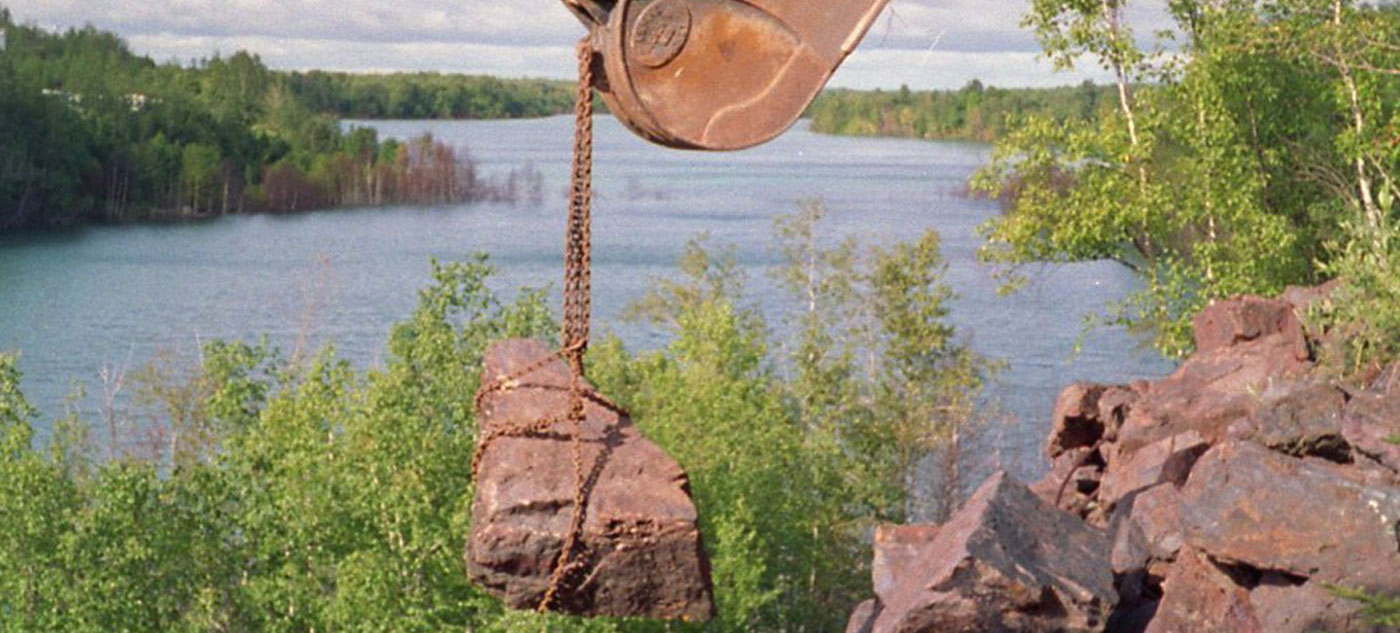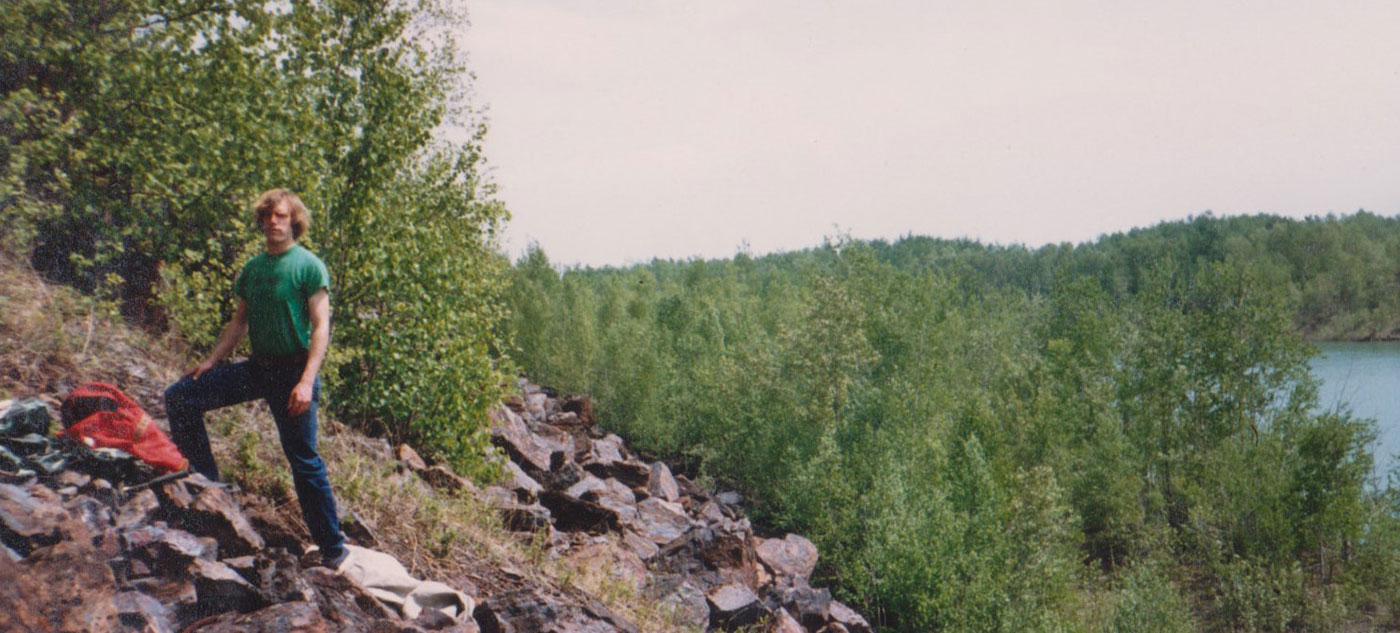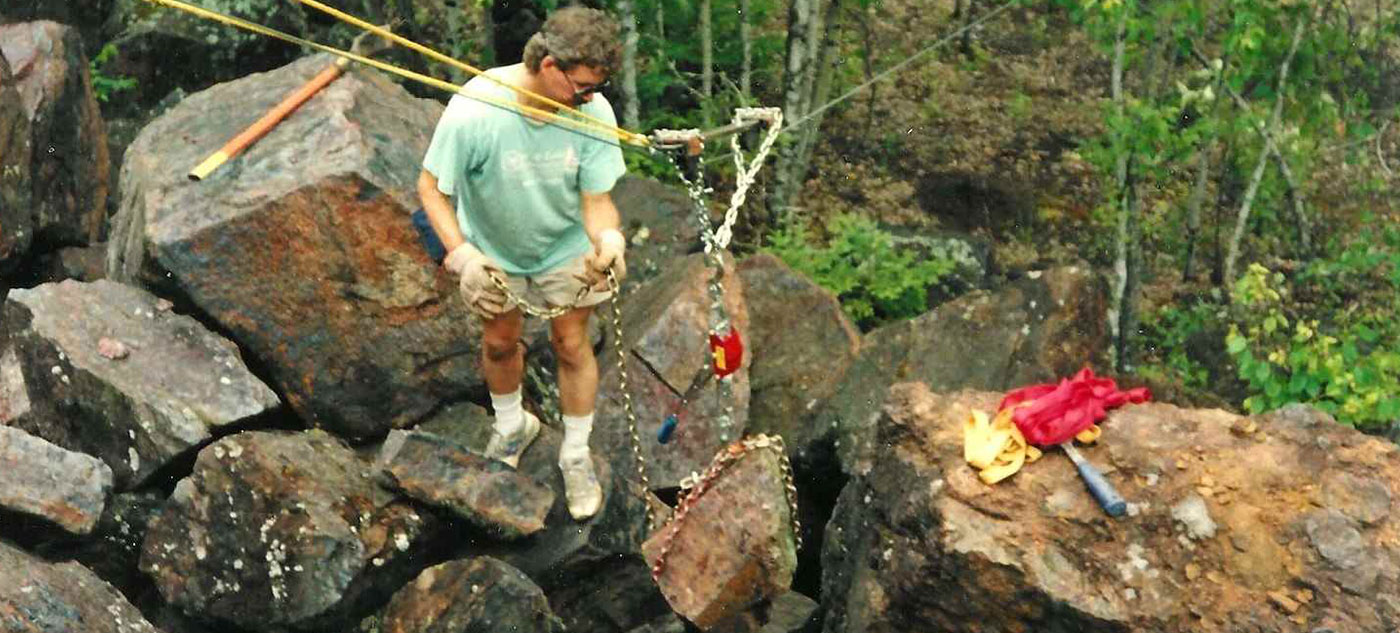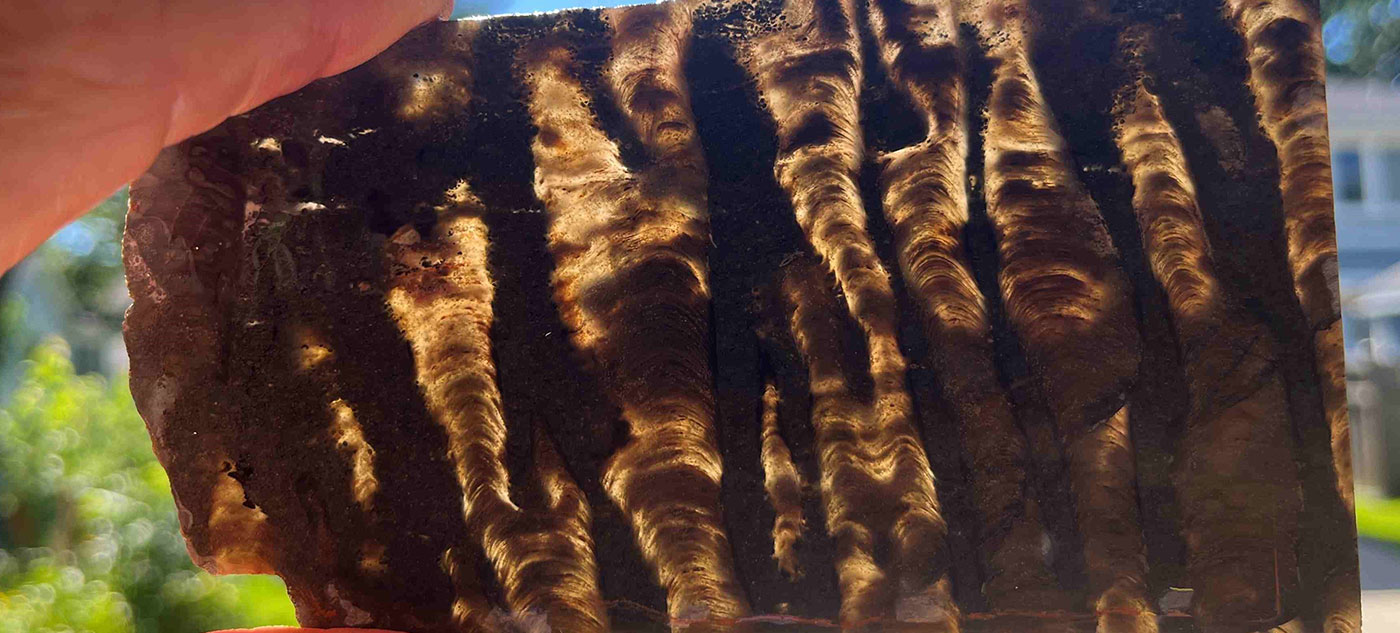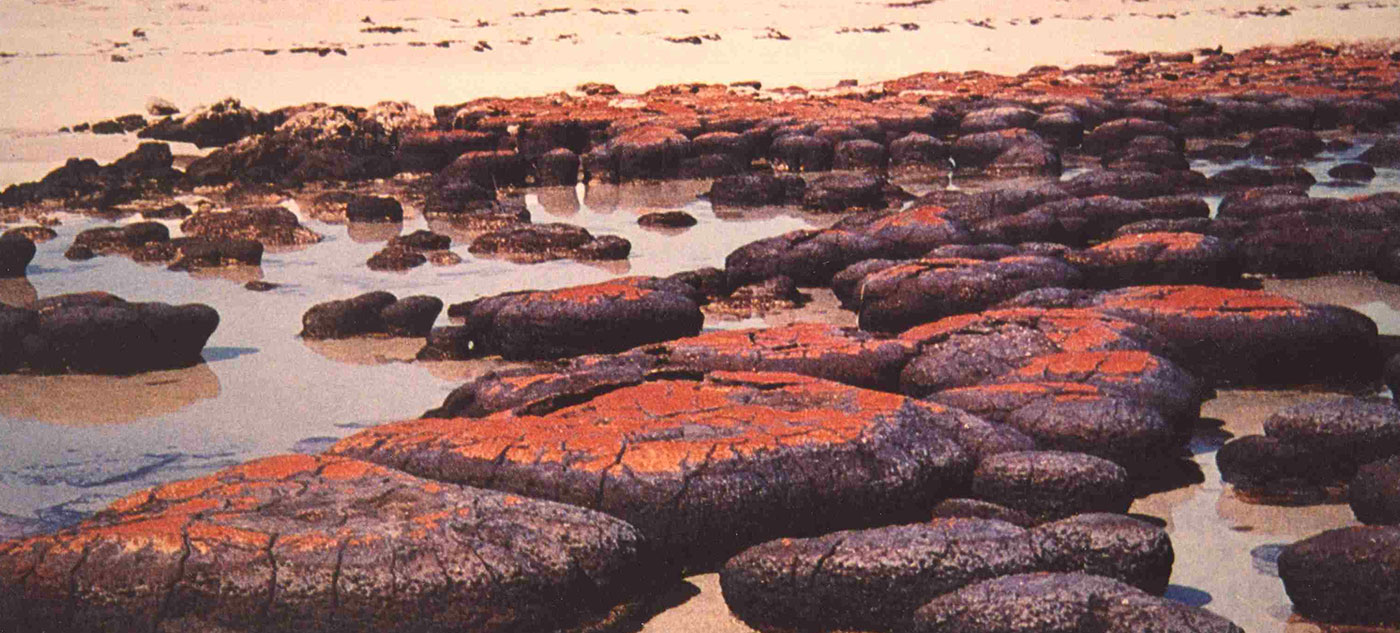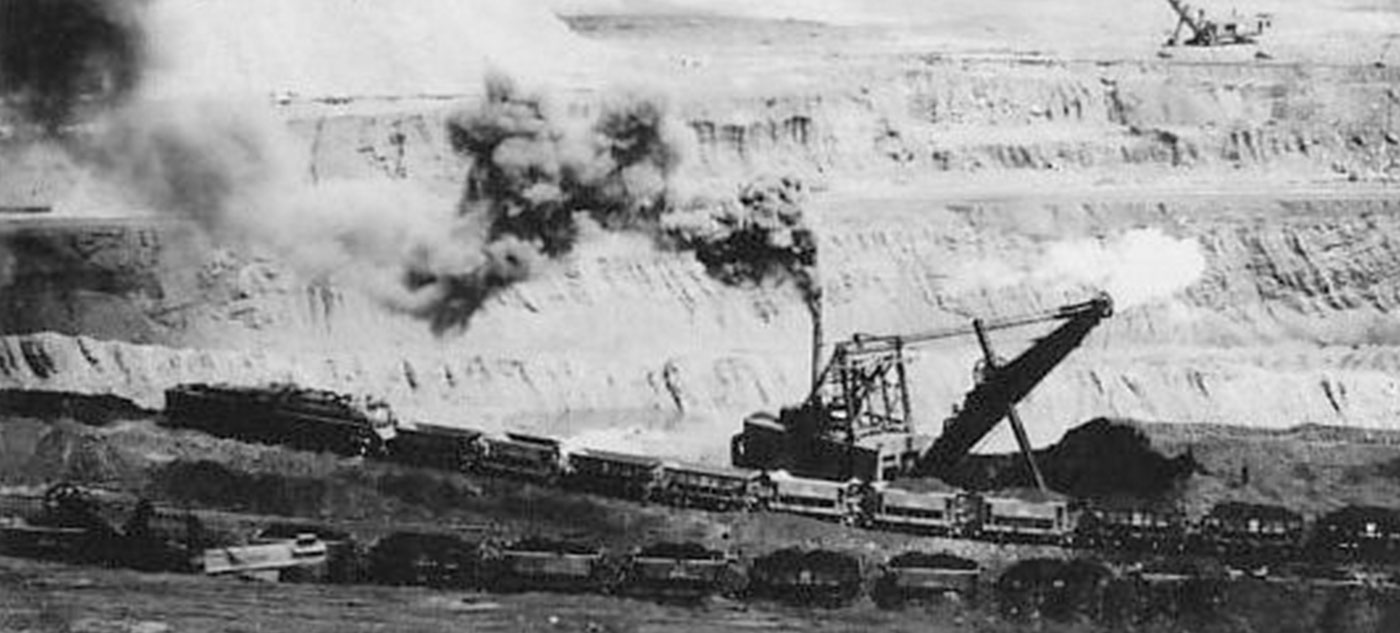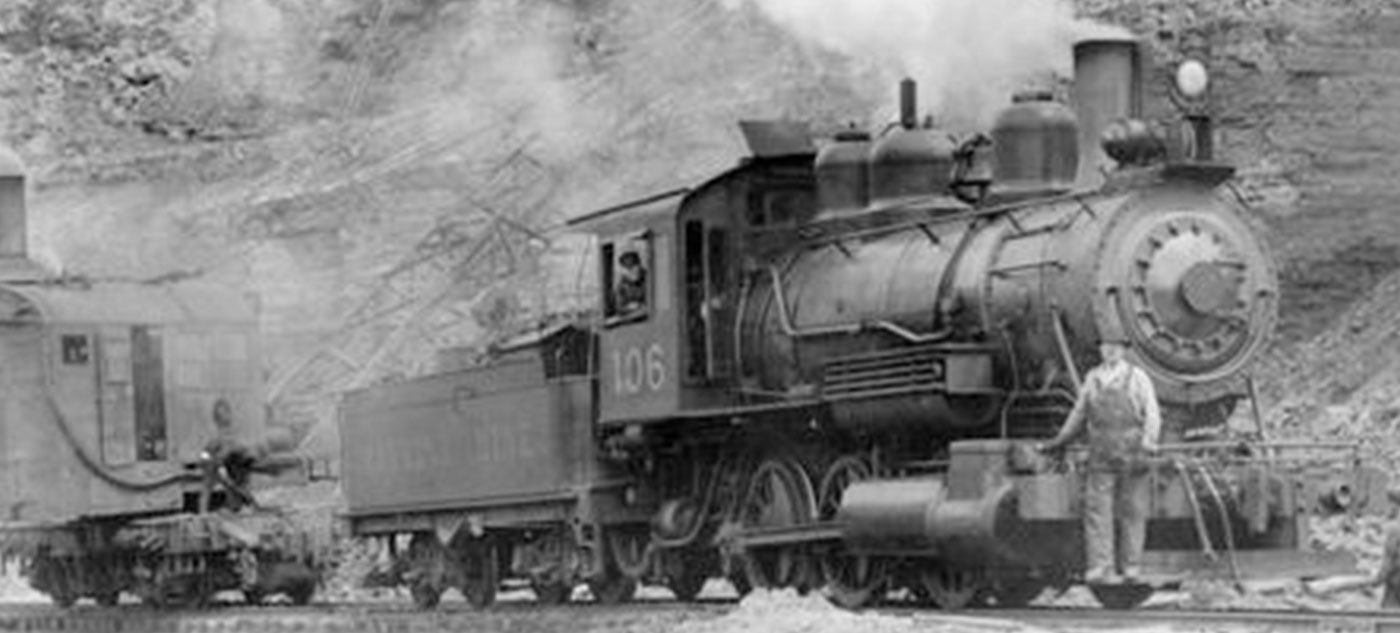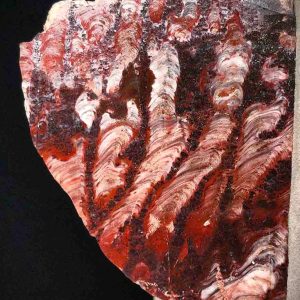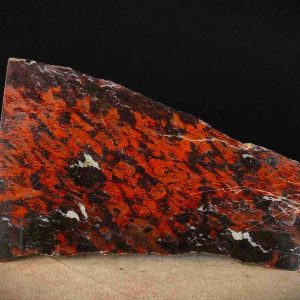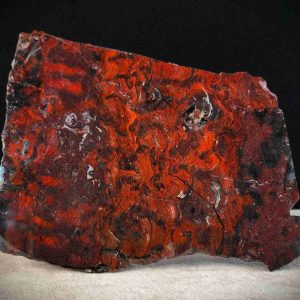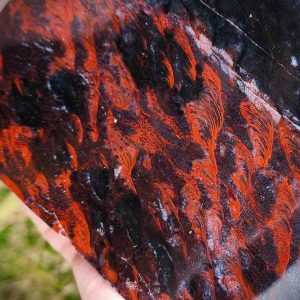Iron Range Stromatolites
Swipe the photo above to view more images of the site
Iron Stromatolites
Once called cryptozoans (due to the strange nature of their occurrence), stromatolites are the oldest fossils known. These simple prokaryotes were the dominant life form on our planet for over 3 billion years. They are colonial living structures, similar to coral reefs today. But instead of being constructed by animals, stromatolites are created by cyanobacteria, a unique type of photosynthesizing bacteria. They formed the first biologic reefs and are largely responsible for our original oxygen atmosphere. In select places around the world – including Minnesota and Michigan – the stromatolites concentrated iron into large primary ore deposits two billion years ago. In fact, all the richest primary iron ores on Earth were indirectly concentrated by these microscopic pioneers. Despite their long-term success, stromatolites are now almost extinct. But I am happy to report that stromatolites still survive in a handfull of places around the world where conditions are just-right and predation is minimized. The most notable of these is Shark Bay in western Australia.
How They Formed
These rare and beautiful iron fossils were found in an old, abandoned iron mine on the Mesabi Iron Range of northern Minnesota. They can also be found in other locations, including in glacial erratic boulders deposited as far south as southern Minnesota. We have been collecting and researching these strange fossils for over 30 years. In the early 1990s, Jon led a team of researchers in the excavation of fossil stromatolites from the original source – the old Mary Ellen Mine near Biwabik, Minnesota. The Mary Ellen shipped its last load of iron ore in the 1960s and the mine shut down. The stromatolites that thrived here lived in a shallow sea about 2.1 billion years ago in the area that is now the Iron Range of Minnesota. They built reefs by cementing grains of sediment into layers and piling them up into towers that grew upward toward the sunlight. The reef eventually got buried under thousands of feet of sediment where heat and pressure caused the original stromatolite structure to become replaced by agate in various colors. Later, during the Ice Age, glaciers carved off the overlying rock, exposing the ancient reef and the iron ore associated with it. Iron mines came along in the 1800s and dug through the old fossil layers to extract the ore. Today we find these fossils by searching through the discarded rock dumps around the old mines. We then cut an polish the material to reveal its beautiful structure. Very large slabs – up to 3′ x 4′ – are available by Special Order. Cut and polished boulders are also available on rare occasion.
-
Iron Stromatolites (ME3)
Notes specific to this specimen: Rare white colonies with dark banded growth rings. Some have branchings. Specimen found in 1990s at the old Mary Ellen Mine in Biwabik, Minnesota, the type locality for the Biwabik Iron Formation. Notice the silvery spots of concentrated iron between the colonies.
SIZE: 3″ x 5″ x .3″
Name: Collenia undosa
Unit: Biwabik Iron Formation
Site: Biwabik Iron Range, Minnesota
Date: Mid 1990sDocumentation: This authentic fossil specimen comes with a Certificate of Authenticity and Origin.
$365.00Iron Stromatolites (ME3)
$365.00 -
Iron Stromatolites (ME5)
Notes specific to this specimen: Beautiful deep red agatization in these colonies attest to the classic origin of this specimen as being from the old Mary Ellen Mine in Biwabik, Minnesota, the type locality for the Biwabik Iron Formation. Notice the off-set angle of the growth pattern in this piece. This is attributed to constant water currents in the area where these colonies were growing.
SIZE: 4″ x 8″ x .3″
Name: Collenia undosa
Unit: Biwabik Iron Formation
Site: Biwabik Iron Range, Minnesota
Date: Mid 1990sDocumentation: This authentic fossil specimen comes with a Certificate of Authenticity and Origin.
$365.00Iron Stromatolites (ME5)
$365.00 -
Iron Stromatolites (ME4)
Notes specific to this specimen: Rare white colonies with dark banded growth rings. Some have branchings. Specimen found in 1990s at the old Mary Ellen Mine in Biwabik, Minnesota, the type locality for the Biwabik Iron Formation. Notice the silvery spots of concentrated iron between the colonies.
SIZE: 5″ x 7″ x .3″
Name: Collenia undosa
Unit: Biwabik Iron Formation
Site: Biwabik Iron Range, Minnesota
Date: Mid 1990sDocumentation: This authentic fossil specimen comes with a Certificate of Authenticity and Origin.
$450.00Iron Stromatolites (ME4)
$450.00 -
Iron Stromatolites (ME2)
Notes specific to this specimen: Beautiful deep red agatization in these colonies attest to the classic origin of this specimen as being from the old Mary Ellen Mine in Biwabik, Minnesota, the type locality for the Biwabik Iron Formation. The mine shut down over 50 years ago. Notice the off-set angle of the growth pattern in this piece. This is attributed to constant water currents in the area where these colonies were growing. *This specimen comes with a Certificate of Authenticity and Origin
SIZE: 4″ x 7″ x .3″
Name: Collenia undosa
Unit: Biwabik Iron Formation
Site: Biwabik Iron Range, Minnesota
Date: Mid 1990sDocumentation: This authentic fossil specimen comes with a Certificate of Authenticity and Origin.
$485.00Iron Stromatolites (ME2)
$485.00

